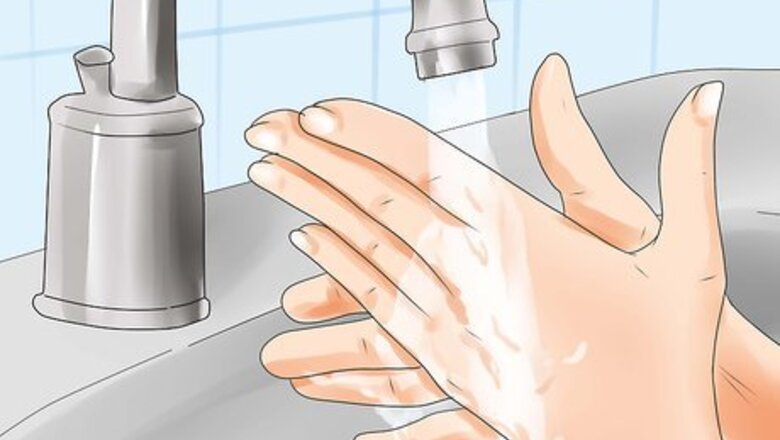
views
X
Trustworthy Source
Mayo Clinic
Educational website from one of the world's leading hospitals
Go to source
If you’re already dealing with an open blister, it’s important to keep it clean to prevent infection. You can also treat your blister to make it more comfortable while it heals. Wash and dress your open blister, use over-the-counter products and natural remedies to manage discomfort, and know when to seek medical care.
Caring for a Freshly-Opened Blister
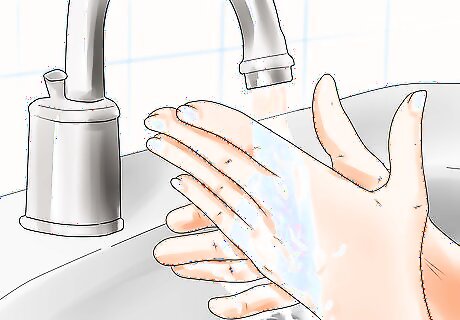
Wash the open blister with soap and warm water. As soon as the blister pops, tears, or opens, wash it well. Use warm water and soap. Any dirt in the blister should wash away with the soap. If something is lodged in your skin, visit your doctor to have it thoroughly cleaned and treated.
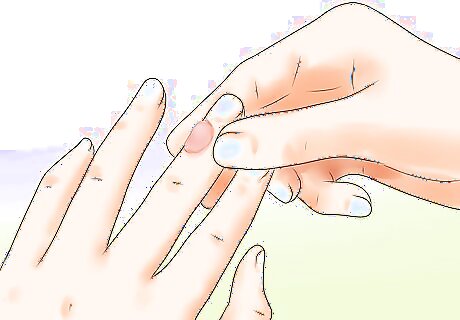
Leave the overlying skin in place whenever possible. If the skin over the blister tears off partially or completely, that’s okay. However, don’t try to pull off the overlying skin. Leave as much skin intact as possible. Don’t pick at the edges of the exposed skin.
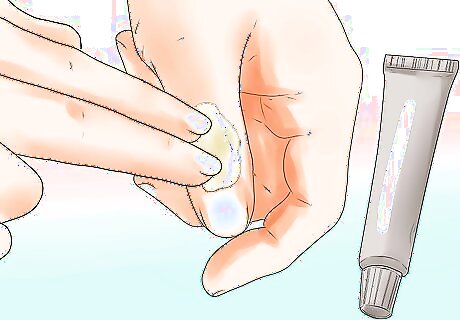
Apply an antibiotic ointment. You can use a plain ointment like petroleum jelly to keep the blister hydrated and comfortable, but using an antibiotic ointment can also help prevent infection. Apply a large enough dab of ointment to cover the whole raw area of the open blister. If you prefer a natural alternative, use calendula cream.
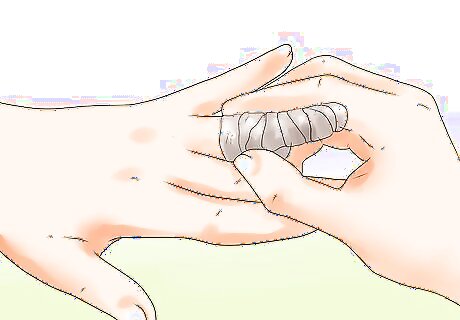
Apply a clean bandage over the area. Apply an adhesive bandage over the blister or, if the blister covers a large area, a sterile gauze pad held in place with medical tape. Change the bandage every day, or if it gets dirty. Apply more ointment every time you change the bandage. You can also use a hydrocolloid dressing, which may provide more relief than a sterile bandage. You can get these from most pharmacies.
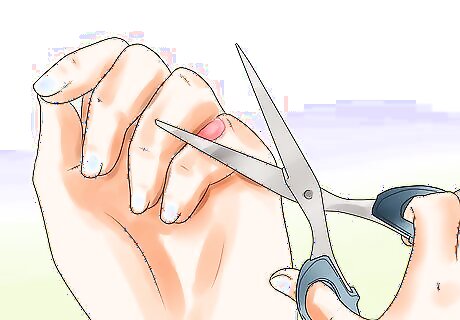
Trim the dead skin once the blister is no longer tender. Continue to change your dressing daily until the blister stops being tender. Then trim the dried, dead skin. Use small nail scissors or nail clippers that have been sterilized by rubbing them with alcohol, boiling them for several minutes, or holding them over an open flame for about one minute. Do not pull the dead skin, as this can cause further injury to the tender area. Clip the skin carefully.
Improving Your Comfort and Safety
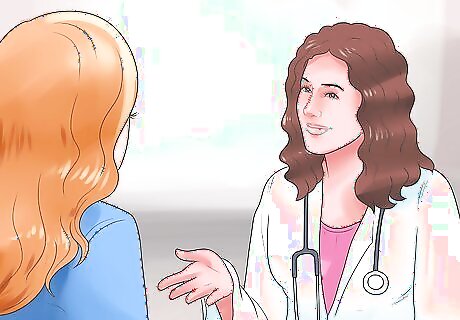
Go to your doctor if you have signs of infection. An infection can start in an open blister if the area is not kept clean. See your healthcare provider if you notice signs that you’ve gotten an infection – you may need antibiotics. Look for: Pus (thick yellow, green, or white fluid in or near the blister) Redness and swelling in the area Increasing pain or heat in the area
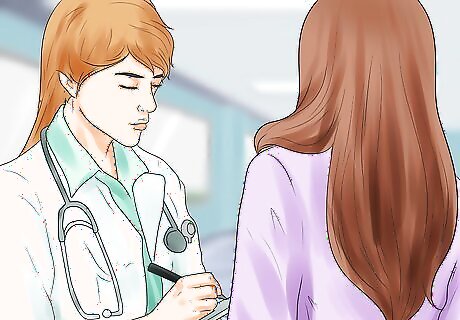
Get medical treatment for severe or unusual blisters. If you have blisters that keep coming back or are painful enough to interfere with your daily life, see your doctor. Get your blisters checked if they appear in unusual places like on your eyelid or inside your mouth – they may indicate another medical issue, and may need special treatment.
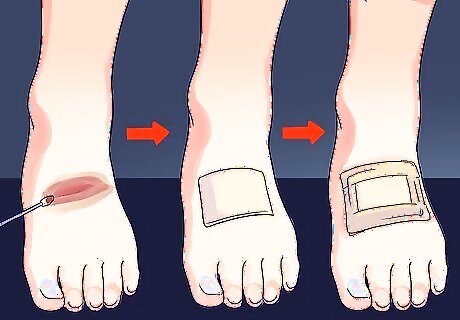
Get burn and allergy blisters checked by your doctor. Blisters that are caused by severe burns should be treated by a medical professional. If your blisters are due to an allergic reaction, visit your doctor as well. You can get treatment and discuss taking preventative measures to prevent recurrence.
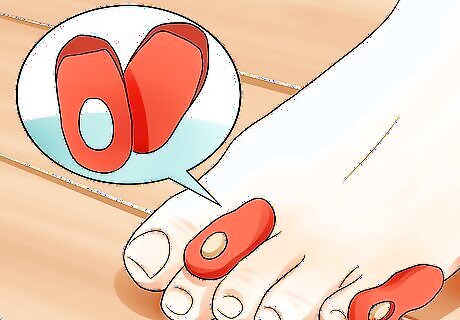
Apply moleskin over the blister. If putting pressure on your open blister makes it hurt, you can apply a layer of moleskin over your bandaged blister. Use a large enough piece to fully cover the blister. Do not apply the moleskin right on your open blister. It’s important to keep it covered with ointment and a bandage to keep it clean.
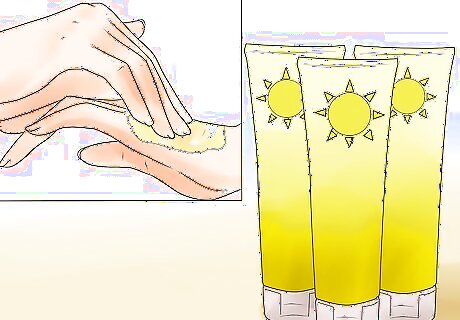
Use Second Skin. This bandage acts like regular skin, and can provide quick relief for an open blister. You can get a product like Second Skin through a sports medicine company like Medco or School Health Supply. Place a small square of the product over your whole blister. You can then cover it with moleskin for added comfort, or a piece of medical or elastic tape.
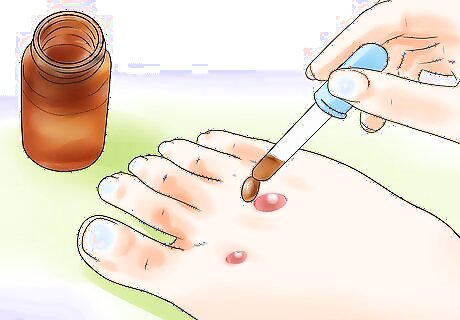
Use natural, soothing products. Apply 1-2 drops of tea tree oil to your open blister four times daily, then cover it again with a fresh bandage. Other natural options to fight bacteria are pawpaw ointment and chickweed cream. You can try applying comfrey salve twice a day to help renew skin. If the product causes pain or redness, stop using it at once. Always re-cover your blister with a fresh bandage.
Preventing Blisters from Forming or Opening
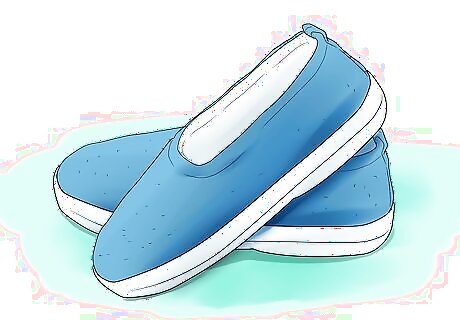
Wear shoes that fit you well. Blisters commonly form on feet, often due to poorly-fitting shoes. Shoes that are either too big or too small for your feet can apply pressure and friction to areas of your skin and cause blisters. Buy shoes in the middle of the day, when your feet have swollen a little bit but not as much as at the end of the day. Ask a salesperson to help you determine your proper shoe size.
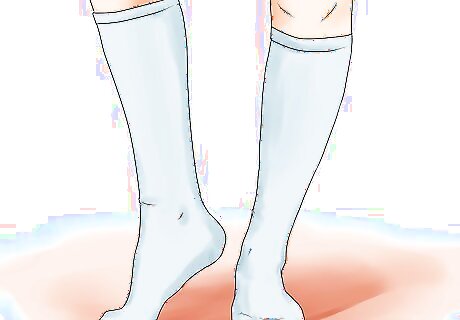
Keep your feet dry. Blisters often form when your skin stays in contact with moisture. Avoid foot blisters by keeping your feet dry. Wear moisture-wicking socks when you're going to sweat. Change your socks and shoes when they get wet. You can also dust the inside of your socks with talcum powder to absorb moisture.
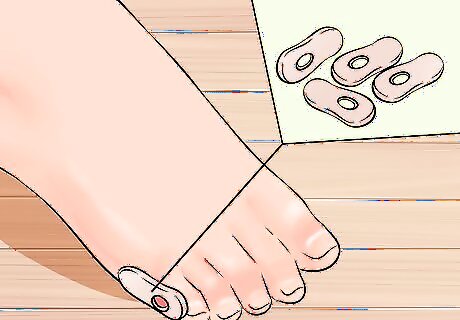
Apply moleskin to tender areas. If you know an area of your skin is likely to rub on something - your shoe, a piece of sporting equipment, etc. - apply a layer of moleskin over the area. This can help prevent the friction that causes blisters. If you have a mild blister, it can also keep the area protected enough to prevent the blister from popping or tearing.
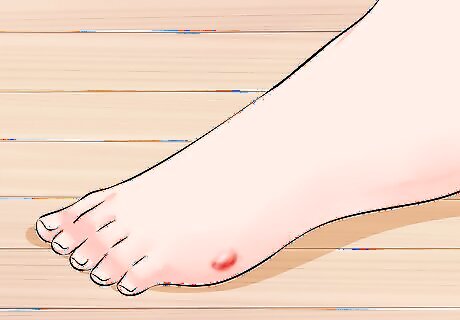
Stop the action that caused the blister. If you already have a blister, stop doing whatever caused it. Wear a different pair of shoes, for instance. Avoid doing the activity that irritated your skin - continuing to do so could make your blister worse or cause it to pop. You can resume the activity when your blister heals.
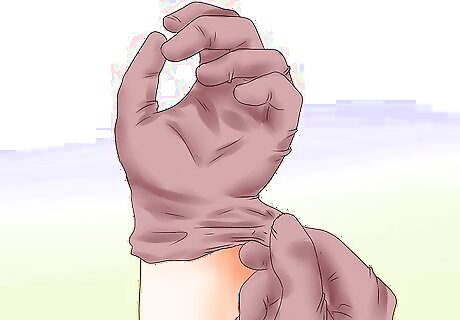
Wear gloves when using your hands. Hands are another common area for blisters. Protect your hands with gloves if you're playing a sport, gardening, using tools, or doing something repetitive with your hands. Your gloves should fit snugly but not be constricting. Rowers often get hand blisters, and should use gloves or a soft wrap to protect their skin.


















Comments
0 comment